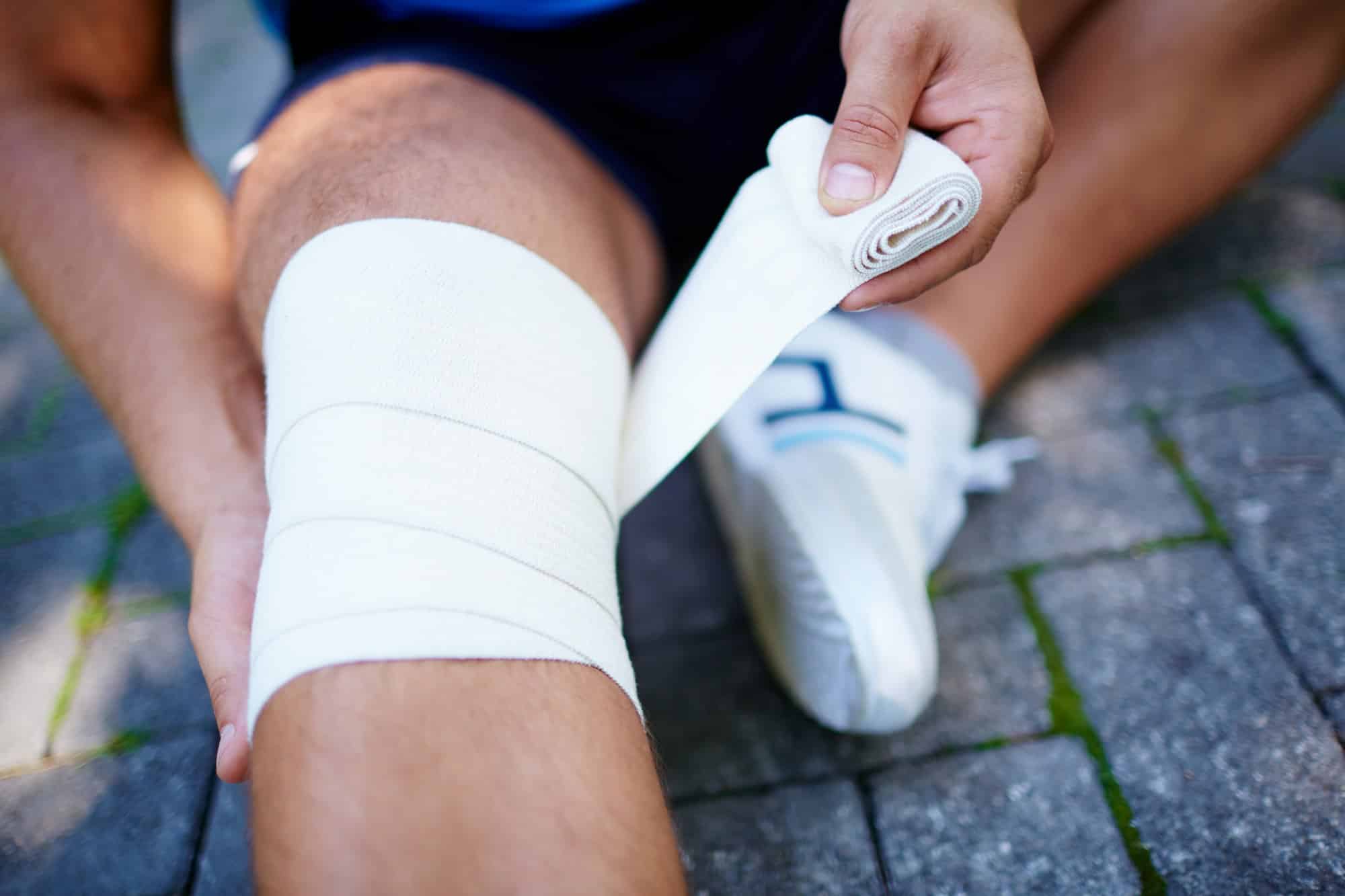In our constantly evolving world, technology keeps breaking the boundaries of what we thought was possible. Now, it’s making waves in the field of medical care, particularly in the treatment of wounds. Smart bandages are an innovative product of engineering and technology, designed to advance the healing process of chronic wounds. These bandages, embedded with tiny sensors, are capable of monitoring the condition of the wound, detecting infection, and delivering drugs to the wound site. Let’s delve into the potential of smart bandages for chronic wound management, a promising technology that aims to revolutionize patient care.
Understanding the Concept of Smart Bandages
Before we can appreciate the potential of smart bandages, it’s important to understand what they are and how they work. A smart bandage is a result of the integration of advanced technology and medical science. It’s a flexible, sensor-embedded bandage that monitors various wound parameters and provides real-time data for timely medical intervention.
A découvrir également : Can AI-Driven Systems Detect Early Signs of Parkinson’s Disease Through Speech?
This high-tech bandage has tiny sensors capable of monitoring various parameters like wound temperature, pH levels, and humidity. They can detect the early signs of infection, such as a rise in temperature or change in pH levels, allowing for prompt intervention. Some smart bandages also have drug delivery systems, which can administer medication to the wound when necessary.
The Role of Smart Bandages in Chronic Wound Care
Chronic wounds, such as diabetic ulcers or pressure sores, can be particularly hard to manage due to their tendency to heal very slowly, if at all. This is where smart bandages come in. By providing continuous, real-time monitoring of the wound environment, smart bandages can alert healthcare providers to any changes that may indicate a problem, such as an impending infection.
Cela peut vous intéresser : What’s the Future of Nanomedicine in Targeted Drug Delivery Systems?
Furthermore, the built-in drug delivery systems found in some smart bandages can administer medication directly to the wound site as needed. This can be particularly beneficial in the case of chronic wounds, as it allows for targeted treatment that can help to accelerate healing.
The use of smart bandages for chronic wound care isn’t just about improving outcomes for patients, though. It could also have significant benefits for healthcare providers and the wider healthcare system. Earlier detection of potential problems could result in fewer hospital admissions and less need for invasive treatments, reducing the burden on healthcare resources.
How Smart Bandages are Revolutionizing Skin Engineering
Skin engineering is the science of developing new methods and materials to promote the healing and regeneration of skin. Within this field, smart bandages are emerging as a game-changer.
Smart bandages can monitor the healing process in real-time, providing valuable data that can guide treatment decisions and research. For instance, by tracking changes in wound temperature, smart bandages can provide insights into the body’s inflammatory response, leading to new understandings and strategies for managing this critical phase of healing.
Moreover, the ability of smart bandages to deliver drugs directly to the wound site opens up exciting new possibilities in skin engineering. By delivering growth factors, stem cells, or other therapeutic agents directly to the wound, smart bandages could support and even accelerate the body’s natural healing processes.
Latest Studies on Smart Bandages: PubMed and PMC Insights
In the medical field, evidence-based practice is paramount, and smart bandages are no exception. Recent studies from trusted sources like PubMed and PMC have highlighted the impressive capabilities of these high-tech bandages.
For instance, a study found on PubMed discusses the successful use of a smart bandage equipped with a temperature sensor and a drug delivery system. According to the study, the bandage was able to detect an increase in wound temperature—an early sign of infection—and respond by automatically releasing an antimicrobial agent.
On PMC, a review article details a study on a smart bandage with a built-in pH sensor. The bandage was able to detect changes in wound pH, another indicator of infection, and relay this information to healthcare providers, allowing for early intervention.
While the research on smart bandages is still in its early stages, these studies give a glimpse into the promising future of this technology. It’s clear that smart bandages have the potential to significantly improve chronic wound management, offering benefits for patients, providers, and the healthcare system as a whole.
The Future of Smart Bandages: Challenges and Opportunities
While smart bandages hold immense promise, they also present a set of challenges. Issues around cost, patient privacy, and data security need to be addressed for this technology to become widely adopted. Furthermore, more extensive clinical trials are needed to fully understand the effectiveness and safety of smart bandages in various real-world settings.
Despite these challenges, the potential of smart bandages for chronic wound management is undeniable. As technology continues to advance and integrate with medical care, our ability to manage and heal chronic wounds will only improve. So, as we look to the future, we can expect to see smart bandages playing an increasingly important role in wound care, skin engineering, and patient care broadly.
Advancements in Smart Bandages: Electrical Stimulation and Advanced Drug Carriers
A major advantage of smart bandages is their potential to incorporate advanced therapies into the wound dressing itself. Two such technologies under exploration are electrical stimulation and advanced drug carriers.
Electrical stimulation promotes wound healing by mimicking the body’s natural bioelectricity. Research suggests this technique could significantly accelerate the healing process, making it particularly beneficial for chronic wounds that have stalled in their healing process. Several smart bandages are being developed with integrated electrical stimulation capabilities, offering a non-invasive and practical way to provide this treatment.
Furthermore, smart bandages can act as advanced drug carriers. They can be programmed to release specific drugs at certain times or in response to particular conditions in the wound environment. This targeted drug delivery can maximize the therapeutic effect of medicines while minimizing potential side effects. For example, some smart bandages use micro- or nano-scale carriers to deliver drugs directly into the wound bed, allowing for a high level of control over drug release.
By combining real-time monitoring, advanced drug carriers, and electrical stimulation, smart bandages could offer a comprehensive solution for wound care. This approach could promote faster, more effective healing, leading to improved patient outcomes and quality of life.
Real-Time Feedback: Shaping the Future of Personalized Wound Care
The ability to provide real-time feedback is another key feature of smart bandages that could revolutionize wound care. By continuously monitoring critical wound parameters such as temperature, pH, and humidity, these bandages can feed back to healthcare providers with crucial insights on the wound status.
In chronic wounds, healing can be a slow and complex process. Having immediate access to this information enables healthcare providers to track the healing process more accurately, make timely adjustments to the treatment plan, and intervene promptly if complications arise. This could transform the way chronic wound care is delivered, shifting from a reactive to a proactive approach.
Nevertheless, this real-time feedback also has implications for patient involvement in their own care. With the data from smart bandages made accessible on a smartphone or similar device, patients could be more informed about their wound status and understand better how their behaviors and treatments are impacting their healing process.
Conclusions: Embracing the Future of Chronic Wound Management
In the realm of wound care, smart bandages present an exciting and promising advancement. With their capability to monitor wound parameters in real-time, coupled with targeted drug release and potentially electrical stimulation, they can offer a comprehensive and proactive approach to healing chronic wounds.
However, as with any novel technology, challenges such as cost, patient privacy, and data security need to be addressed. Moreover, more extensive clinical trials are essential to fully understand the effectiveness and safety of smart bandages.
Regardless of these challenges, the potential benefits of smart bandages for patients with chronic wounds, healthcare providers, and the broader healthcare system are significant. As research and development continue, we can expect to see these innovative wound dressings becoming an integral part of chronic wound management.
As we move forward, it is clear that the combination of medical science and technology embodied in smart bandages will continue to break boundaries. In a world where medical care is increasingly personalized and proactive, smart bandages represent a significant step towards the future of chronic wound management.






